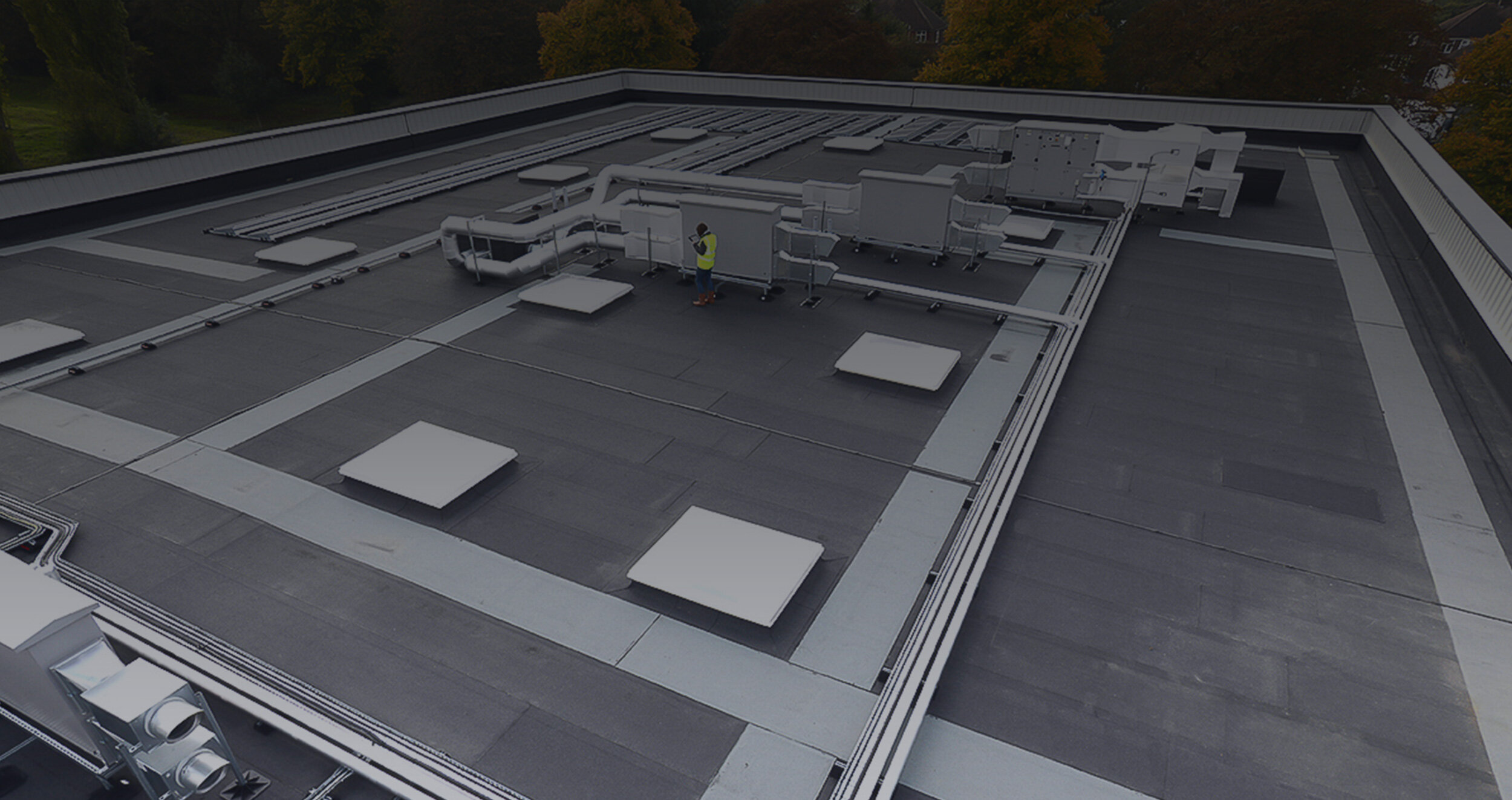
Thermal Imaging
Thermal imaging detects and locates hidden pockets of entrapped water, within a waterproofing system or collapsed and degraded insulation; joints in the insulation incorrectly installed; defects in roof-lights; curtain walling; cladding; windows and doors, such as air leakage paths and inadequate seals. The quick, accurate and non-invasive nature of this testing method makes it highly appealing to building owners and clients. Other potential uses of thermal imaging:
Analyses insulation thermal performance
Identifies air leakage pathways and inadequate seals
Provides a visual presentation/report
Locates defects early on
Enables building insulation investigations
Permits indoor environment investigations
Finds overheating within buildings
Provides building performance evaluation
Assesses building envelope integrity, building fabric and airtightness
Once the tests are complete, EuroLDS will advise on the next steps and, if required, arrange for the repairs to be rectified.
+ Applications
- Testing of dwelling and non-dwelling structures
- Commercial properties
- Domestic and commercial ventilation
+ Requirements
Areas for investigation must be clean and free from rubbish and all gutter areas must be clean and tidy
+ Limitations
Cannot capture images through glass or shiny subjects
+ Health & Safety
Before commencement, EuroLDS will submit a RAMS (Risk Assessment and Method Statement) to the site management team for their review and approval. Health and safety procedures will be observed, particularly whilst working at heights. Furthermore, as some roof areas can be slippery when wet or icy, testing may not be performed in frost, snow, heavy rain or high winds, unless deemed safe to do so by EuroLDS personnel. All external cladding investigations access must be supplied by the client unless otherwise arranged. If a Mobile Elevating Work Platform (MEWPs) is required, this must be operated by trained operators and supplied by the client.


